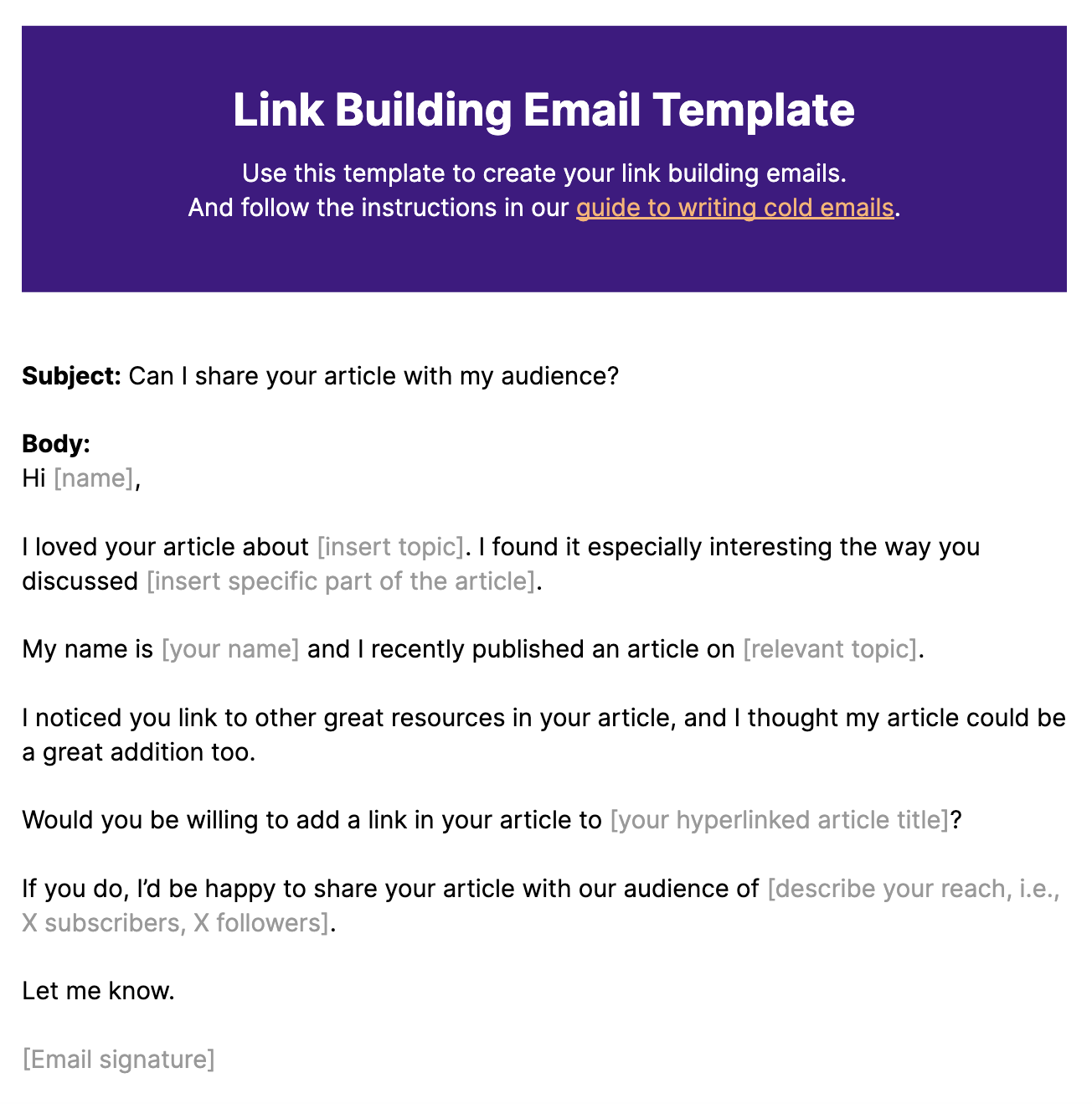In today’s digital age, email remains a crucial tool for communication and marketing. To stand out in the inbox and captivate your audience, well-crafted email templates are essential. They not only enhance readability and engagement but also provide a seamless user experience. Let’s delve into the art of creating email templates that effectively incorporate links, guiding your readers towards desired actions.
Beyond aesthetics, email templates serve as a foundation for successful email campaigns. They ensure consistency, streamline the design process, and allow for targeted personalization. By optimizing your templates with clear calls-to-action and strategic link placement, you can drive traffic, boost conversions, and forge lasting connections with your subscribers.
Template Design
When designing an email template, visual hierarchy and readability are crucial. Visual hierarchy guides the reader’s eye through the email, making it easy to scan and find the most important information. Readability ensures that the text is easy to read, with clear typography and sufficient white space.
Well-designed email templates use white space effectively to create a clean and uncluttered look. They also use typography to create a visual hierarchy, with larger fonts for headlines and smaller fonts for body text. Color can be used to highlight important elements and create a sense of visual interest.
Responsive Templates
Responsive templates are designed to adapt to different screen sizes, ensuring that the email looks good on any device. This is important because more and more people are reading emails on their smartphones and tablets.
Content Optimization

Crafting effective email templates requires meticulous attention to content optimization. Clear and concise copywriting is paramount, ensuring that your message is effortlessly understood and resonates with recipients.
Compelling Subject Lines
A captivating subject line is the gateway to successful email campaigns. It should succinctly summarize the email’s content while sparking curiosity and encouraging recipients to open it. Use strong action verbs, avoid excessive length, and tailor the subject line to the target audience’s interests.
Mobile Optimization and Accessibility
With the increasing prevalence of mobile devices, optimizing your email templates for mobile viewing is essential. Use responsive design to ensure seamless readability across different screen sizes. Additionally, ensure your emails meet accessibility standards, enabling individuals with disabilities to access and comprehend your content.
Link Integration
Proper link placement in email templates is vital for driving traffic and improving user experience. By strategically positioning links and utilizing call-to-action buttons, you can guide recipients to your desired destinations effectively.
Call-to-action buttons are prominent elements that draw attention and encourage clicks. They should be visually appealing, with clear and concise text that compels the reader to take action.
Hyperlinked Text
Hyperlinked text is another effective way to integrate links. By highlighting relevant s or phrases, you can provide seamless navigation for your readers. Ensure the text is contextually relevant and naturally flows within the email copy.
Placement Considerations
The placement of links depends on the overall email design and the desired user flow. Consider placing links:
- Within the main body text, alongside relevant content.
- In the header or footer, providing quick access to important pages.
- As part of a call-to-action button, prominently displayed within the email.
Personalization and Segmentation
Personalization is key to making your emails stand out and resonate with your audience. By tailoring your emails to specific segments of your audience, you can increase engagement, conversions, and overall campaign success.
Merge tags and dynamic content allow you to personalize emails by inserting recipient-specific information, such as their name, location, or purchase history. This creates a more personalized experience that makes recipients feel like you’re speaking directly to them.
Examples of Successful Email Campaigns
* A clothing retailer sent personalized emails to customers based on their past purchases, recommending similar items that they might like. This resulted in a 15% increase in click-through rates.
* A travel company sent emails to customers who had recently booked flights, providing them with personalized travel tips and recommendations for their destination. This led to a 20% increase in website traffic.
Analytics and Reporting

Knowing how your email templates perform is essential for optimization. Analytics provide valuable insights into key metrics like open rates, click-through rates, and conversion rates, helping you understand what’s working and what’s not.
By tracking these metrics, you can identify areas for improvement and make data-driven decisions to enhance your templates’ effectiveness. A/B testing is a powerful tool for comparing different template designs and content variations, allowing you to determine what resonates best with your audience.
Open Rates
Open rates indicate how many recipients opened your email. High open rates suggest your subject line and preheader text are compelling and entice recipients to open your email.
Click-Through Rates
Click-through rates measure how many recipients clicked on a link within your email. This metric indicates the effectiveness of your call-to-action and the relevance of your content to your audience.
Conversion Rates
Conversion rates track the percentage of recipients who took a desired action, such as making a purchase or signing up for a service. By analyzing conversion rates, you can determine the overall effectiveness of your email marketing campaign.
A/B Testing
A/B testing involves sending two different versions of an email template to a random sample of your audience. By comparing the performance of each version, you can identify which design, content, or subject line resonates better with your recipients.
FAQs
What is the optimal length for an email subject line?
Keep subject lines concise, ideally between 30-50 characters, to maximize readability on various devices.
How can I personalize email templates?
Use merge tags to insert dynamic content, such as the recipient’s name, location, or past interactions, to create personalized experiences.
What metrics should I track to measure email template effectiveness?
Monitor key metrics like open rates, click-through rates, and conversion rates to gauge template performance and identify areas for improvement.
